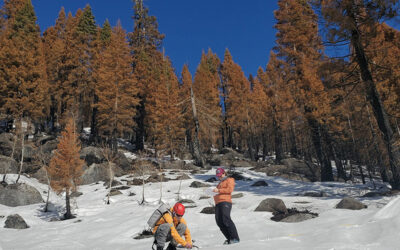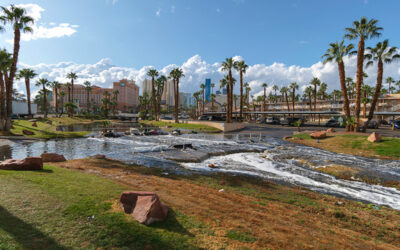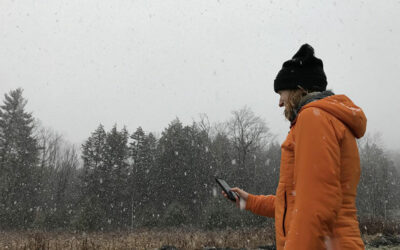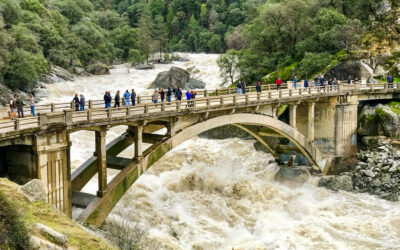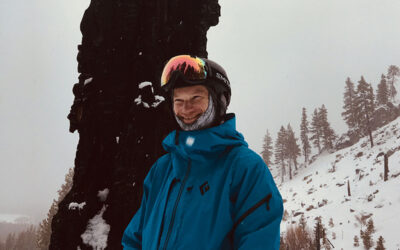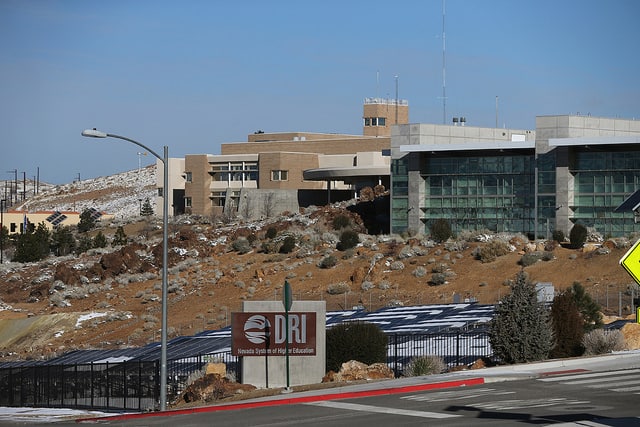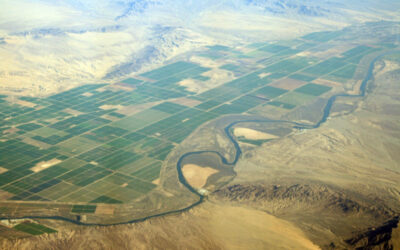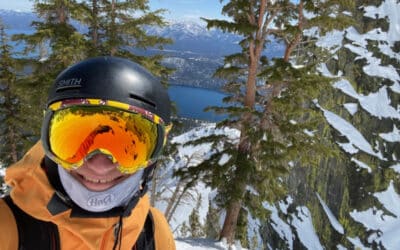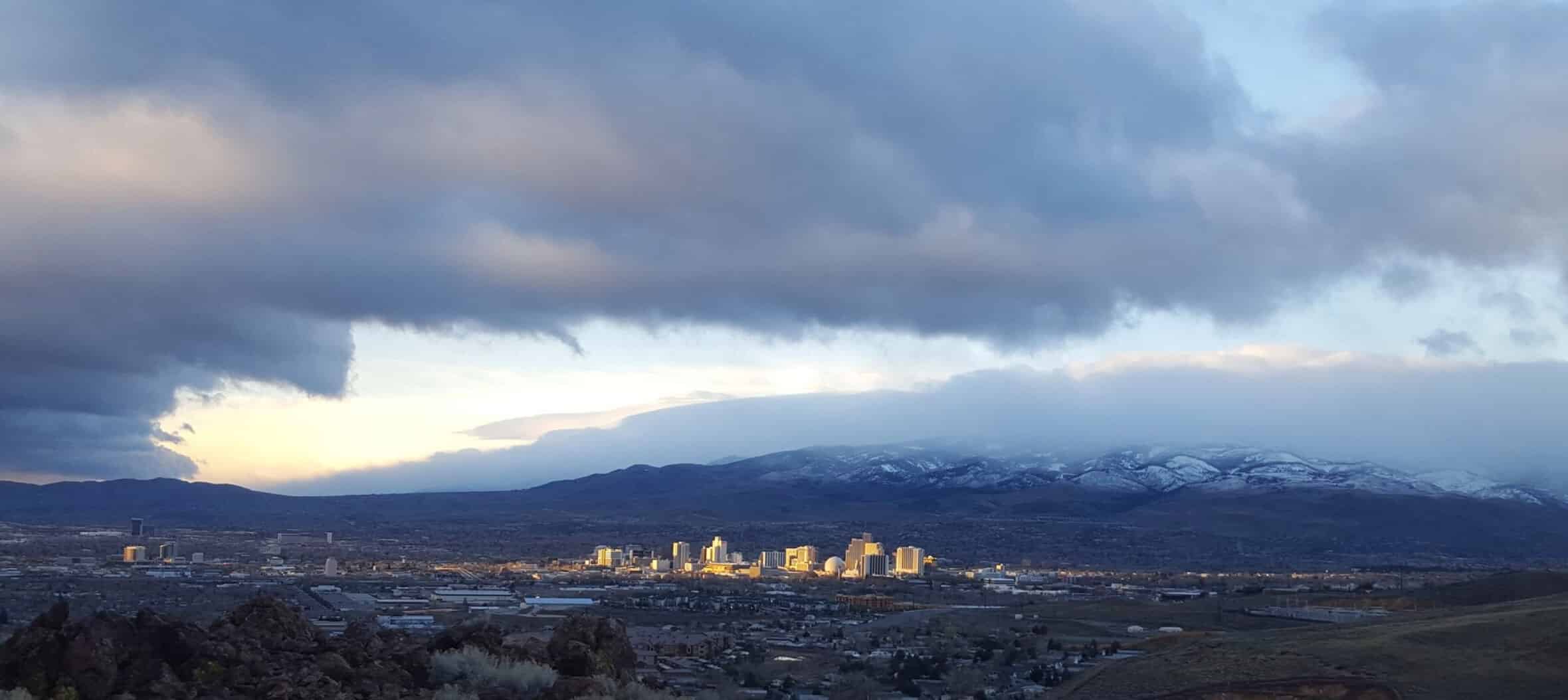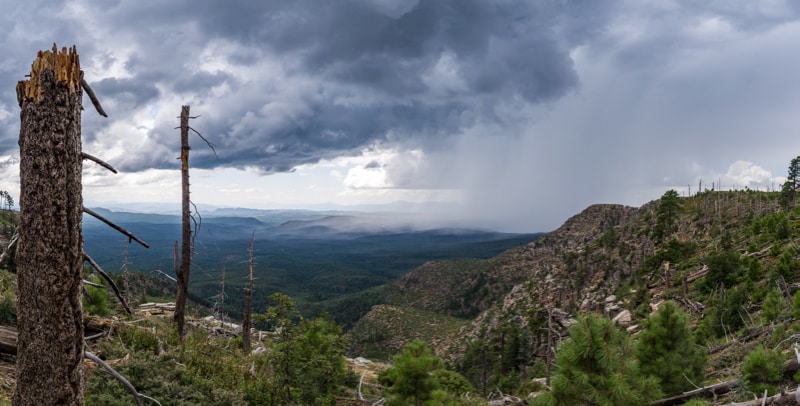A DRI-led team examined what happens to mountain snowpacks when sunny, midwinter dry spells occur in forests impacted by severe wildfire.
A Changing Flood Recipe for Las Vegas
Researchers found that urbanization and climate change are changing the strength and seasonality of flooding in the Las Vegas region.
Successful Citizen Science Weather Tracking Effort Goes National, Receives Three Additional Years of Funding From NASA
Researchers from Lynker, DRI, and UNR are partnering with community observers to track winter storms activity through Mountain Rain or Snow.
Study Develops Framework for Forecasting Contribution of Snowpack to Flood Risk During Winter Storms
A new study provides the first framework for a snowpack decision support tool that could help water managers prepare for potential flooding during rain-on-snow events, using hourly data from existing snow monitoring stations.
Benjamin Hatchett Receives Board of Regents 2022 Rising Researcher Award
DRI scientist Benjamin Hatchett, Ph.D., has been honored with the 2022 Rising Researcher Award from the Nevada System of Higher Education (NSHE) Board of Regents.
New DRI projects for 2021 include microplastics, microfossils, snowmelt risk, and solute transport
New DRI projects for 2021 include microplastics, microfossils, snowmelt risk, and solute transportFEB 26, 2021RENO & LAS VEGAS, NEV.Introducing the winners of DRI's 2021 Institute Project Assignment (IPA) competition.Each year, the Desert Research Institute awards...
DRI scientists investigate effectiveness of heat warnings along US-Mexico border
Featured research by DRI’s Kristin VanderMolen, Ben Hatchett, Erick Bandala, and Tamara Wall.
In July and August, daytime temperatures along parts of the US-Mexico border can reach as high as 120 degrees – more than 20 degrees above normal human body temperature. For agricultural workers and others who live and work in the region, exposure to these extreme high temperatures can result in serious health impacts including heat cramps, heat exhaustion, heat stroke, and heat-related death.
Meet Ben Hatchett
Benjamin Hatchett, Ph.D., is an assistant research professor in the Division of Atmospheric Sciences at the Desert Research Institute in Reno. Ben has been a member of the DRI community since 2005 when he began as an undergraduate lab assistant. He holds a Bachelor’s...
New research shows impact of using shared language and building public trust in weather forecasts
Reno, Nev. (January 22, 2019): For meteorologists, effectively communicating weather forecasts and their related dangers is essential in maintaining the health, safety, and resilience of communities. A new study published by a team of researchers from the University...
New study identifies atmospheric conditions that precede wildfires in the Southwest
Reno, Nev. (January 3, 2018): To protect communities in arid landscapes from devastating wildfires, preparation is key. New research from the Desert Research Institute (DRI) in Reno may aid in the prevention of large fires by helping meteorologists and fire managers...
